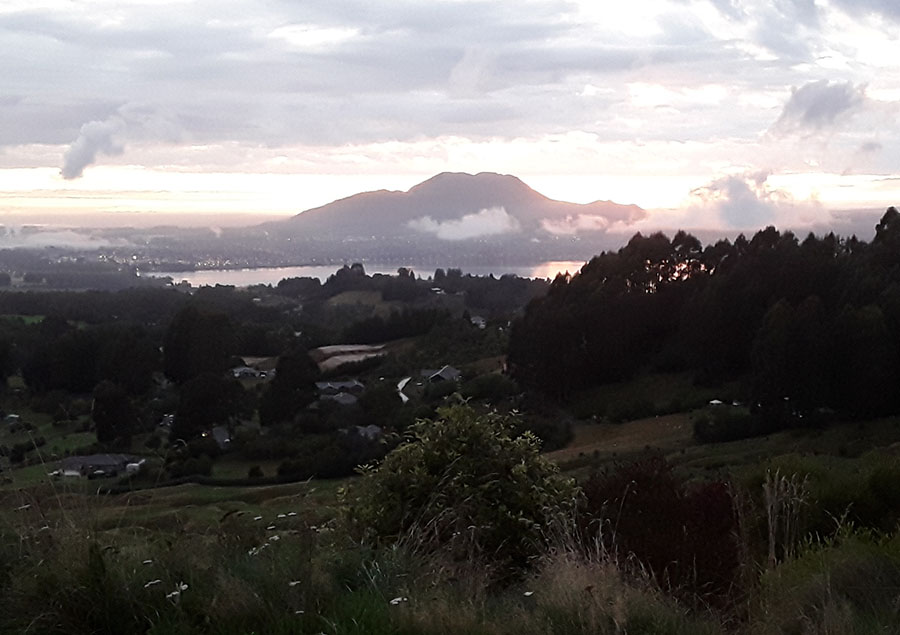
ANCIENT SOLAR OBSERVATORIES & SURVEYING ALIGNMENTS OF NEW ZEALAND
At the autumnal equinox for New Zealand of March 21st 2018, while the establishment archaeologists were safely tucked up in bed and posing no threat as a public nuisance, a few, better informed, researchers were driving through the night to witness equinoctial sunrises from various ancient solar-observatory sites around the country.
According to naysayer academics, no such sites exist in New Zealand and it’s considered both politically incorrect and racially insensitive to suggest that they do.
For our little team, the destination this time was a recently identified obelisk site on a high hill situated at Taupo, about 186-miles (300 kilometres) from home turf, where the sun was predicted to rise at 7:20 am.
We therefore budgeted for about 4-hours of driving time, with ample extra time thrown in to set up our camera equipment. We had our fingers crossed in the hope that morning cloud would not obscure the view of the rising sun, the outer marker for which was calculated to be a prominent southern hump on Mount Tauhara.

Mount Tauhara is a dormant stratovolcano reaching 3,569 feet (1,088 m) above sea level. It looms up over the picturesque lakeside, central North Island city of Taupo, New Zealand. Taupo Lake itself was formed by a huge volcanic explosion of about 186 AD, the loud report from which was heard in China and dust-darkening effects at sunset witnessed in Rome for about 1-year. The Taupo eruption is considered to have been the largest such event, worldwide, in the last 5000-years.
In the above picture the yet-to-rise equinoctial sun glows behind Mount Tauhara shortly before “first-glint”.
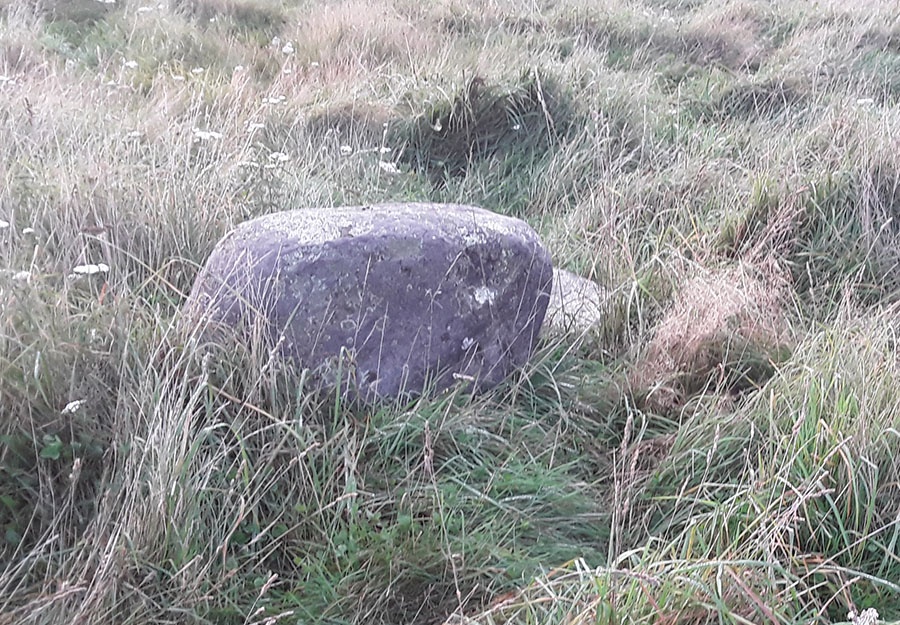
In late December 2017, archaeological researcher Mark Gabriel was exploring around the Taupo lakeside and hill regions and happened upon, what looked like, a purpose-placed obelisk marker atop Tuhingamata Hill. The hill itself is so high and prominent that a communication tower, transmitter and surveying trig have been built there.
Once one has a practiced eye for seeing out-of-place, heavy obelisk boulders that have not occurred naturally in particular positions, one is impelled to find out why such laborious effort was anciently undertaken to mark that exact spot. Rarely do the sites let us down, with the question going unanswered.
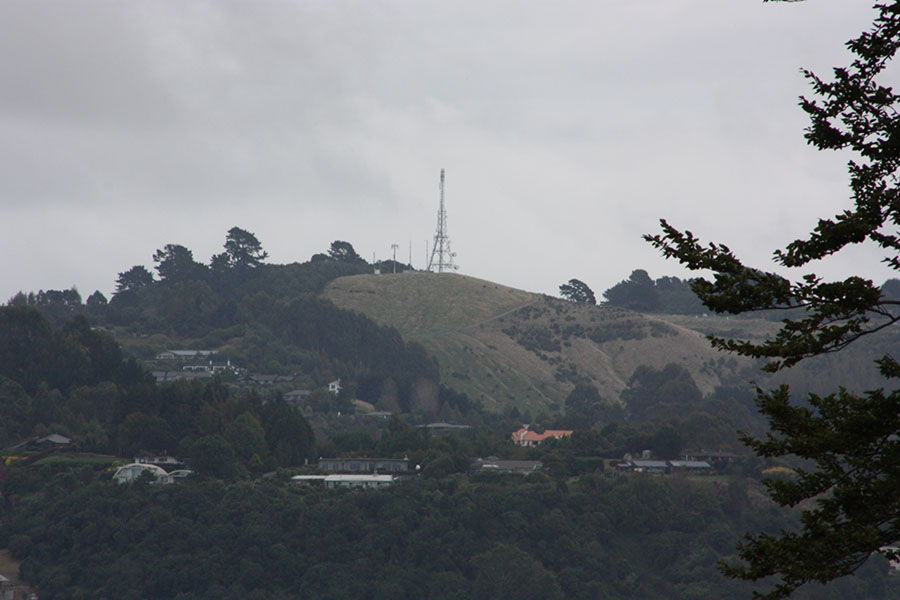
Tuhingamata Hill acted as an equinoctial solar observatory position for both sunrises and sunsets. It was obviously used by an ancient megalithic community that lived around the lake shores of Acacia Bay and Otuparae Peninsula, where they built stacked stone walls, mounds and occupied cliff cave dwellings.

From the observer’s position at the obelisk hubstone, the sun bursts forth in a trough slightly to the south of a lava flow hump-hill. This provides a very finite positional fix that could be duplicated twice a year when the mountain was clear of cloud cover. Ancient astronomer-priests could thereby know with certainty what day was the equinox and keep their calendar counts accurate accordingly.
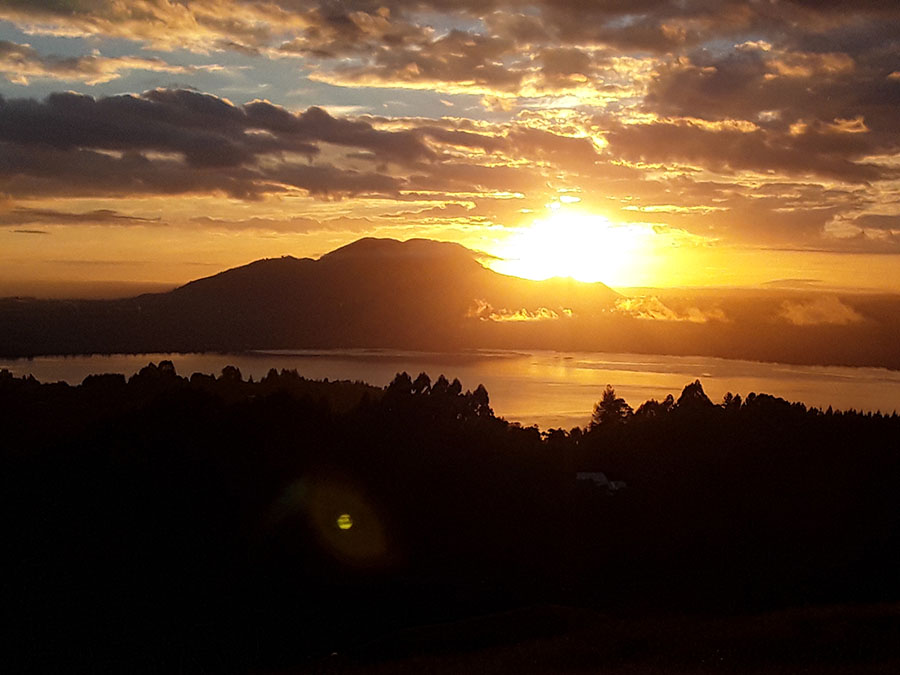
The sun continues its ascent, climbing up the side of the hump-hill before launching itself into the sky in a truly beautiful dawn spectacle.
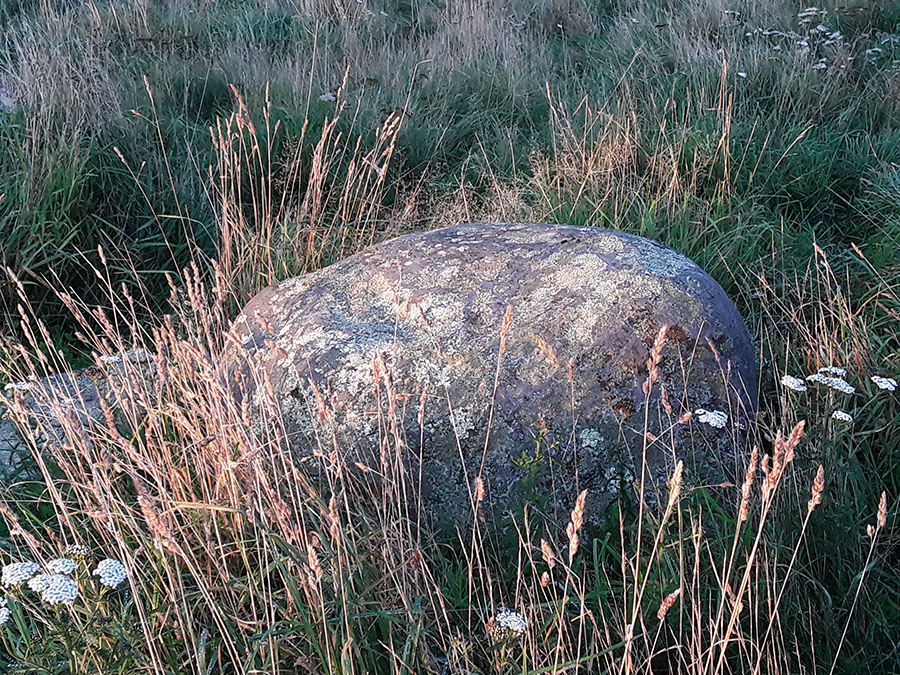
The recumbent obelisk marker, bathed in morning light, remains an eternal sentinel to the equinox rise, just as it has since the reestablishment of civilisation living around the lake after the destruction wrought by the 186 AD catastrophe.
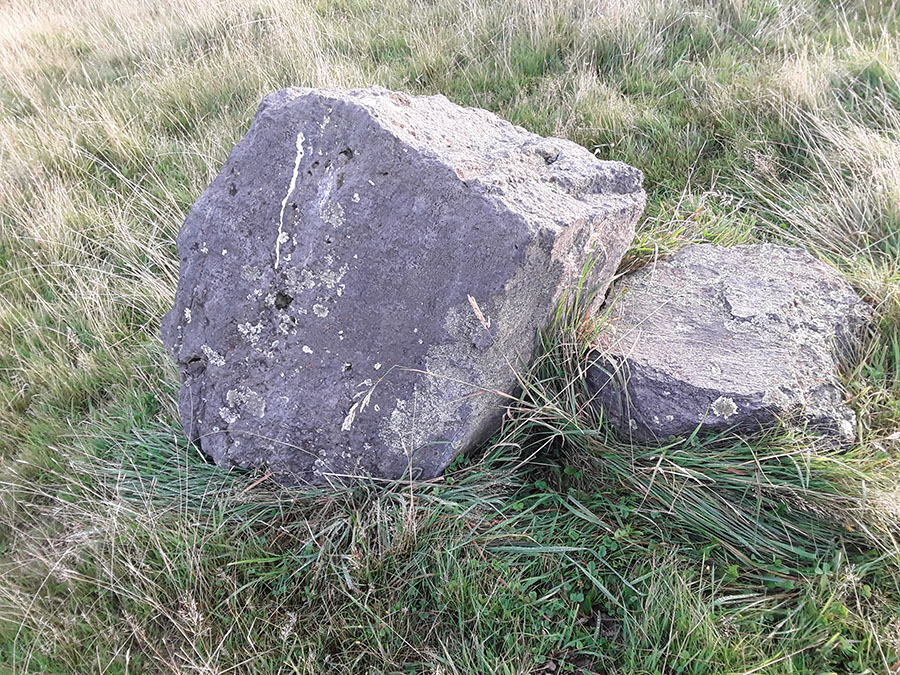
On the western slopes of Tuhingamata Hill another large obelisk lays tumbled off its base. Later calculations showed that this one acted as a solar observatory for the equinoctial sunset, with the sun alighting on a high ridge situated beyond the western cliffs of the lake.
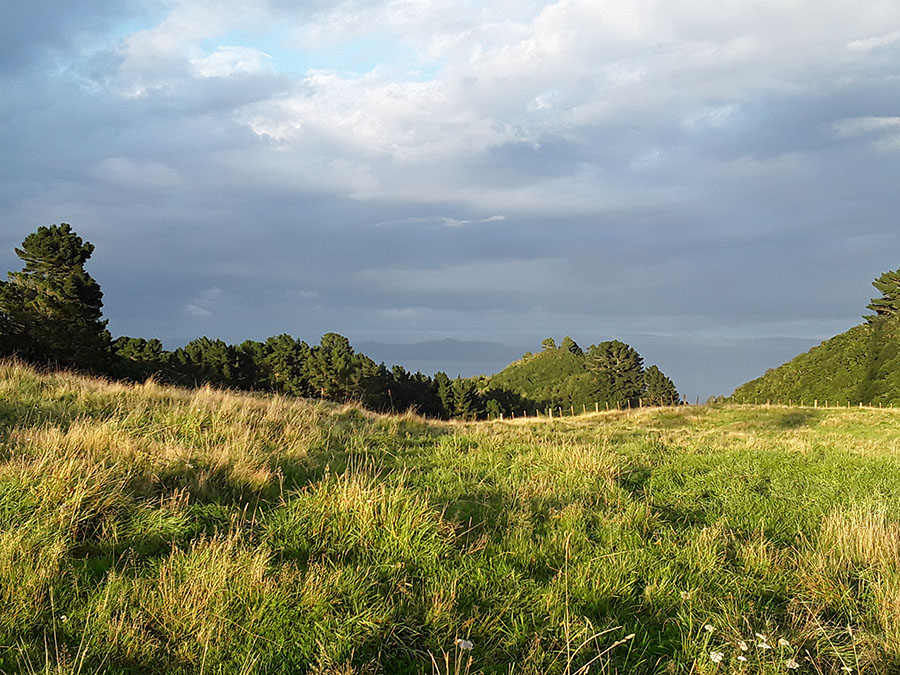
The high ridgeline beyond the lake to the west provided fix points for the equinoctial and summer solstice sunsets from the observer’s position at Tuhingamata Hill’s western obelisk.